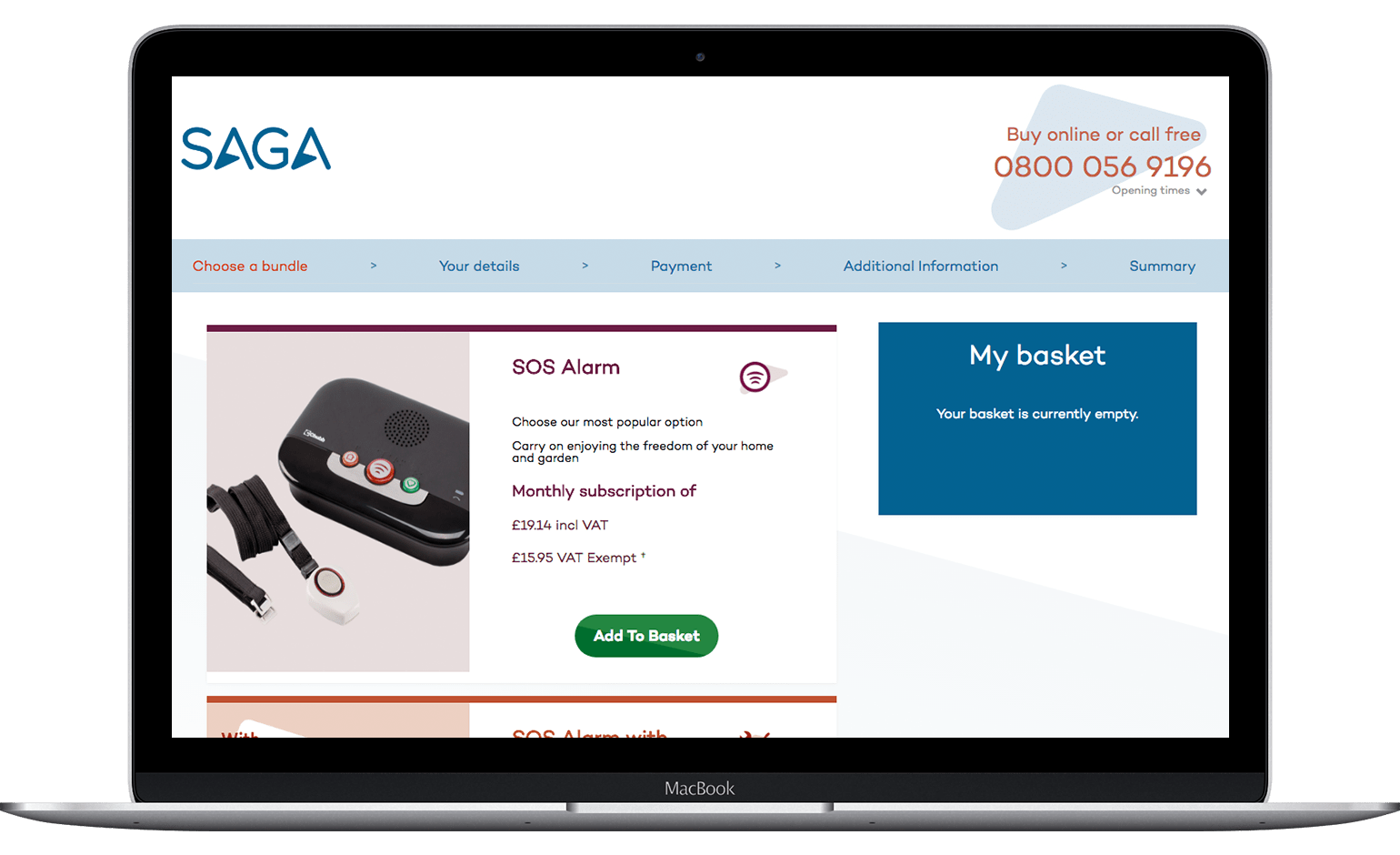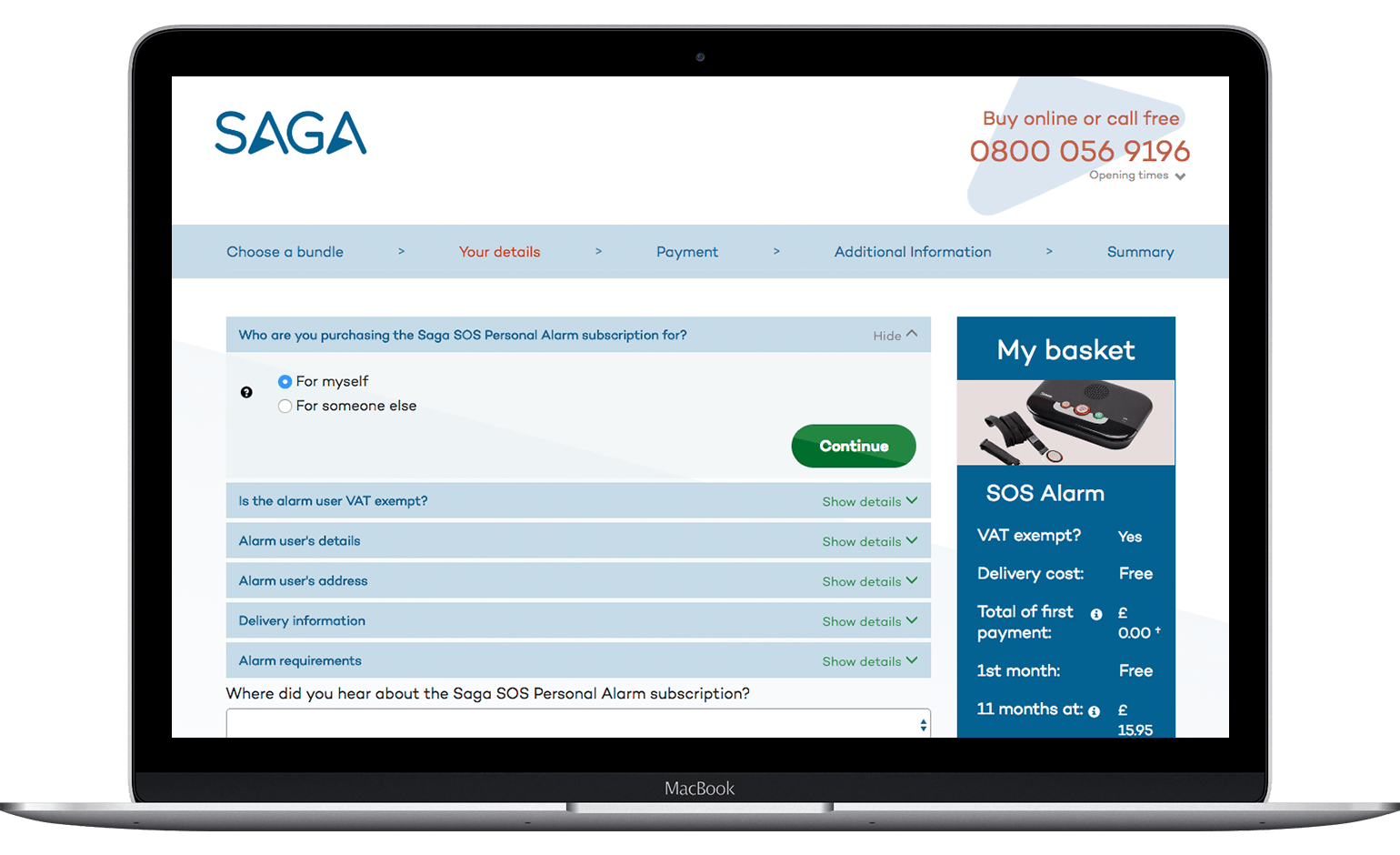Kofi Ghartey-Tagoe Automates Patient Experience at Saga Healthcare

 In today’s maker profile, we are featuring Kofi Ghartey-Tagoe, Systems Consultant at Saga Healthcare. Hear more about the applications he has built and why he went from developing in C Sharp and Java to developing applications with a low-code platform.
In today’s maker profile, we are featuring Kofi Ghartey-Tagoe, Systems Consultant at Saga Healthcare. Hear more about the applications he has built and why he went from developing in C Sharp and Java to developing applications with a low-code platform.
1. What is your education and professional background? Did you have any prior development experience?
I studied systems engineering at university, and I went on to become a developer in primarily C Sharp, Java and web technologies like HTML and JavaScript. I have been in IT and software development for about four years.
I have always wanted to get into software development, since secondary school. I didn’t really start coding until my second year of college. When I began programming it wasn’t easy and I almost gave up my second year in because it was hard to understand the concepts, it was only in my fourth year that things made sense and I could ramp up.
2. How were you introduced to Mendix? What was your initial reaction?
I was first introduced to Mendix when I joined Saga Healthcare about three years ago. I joined as Java and .Net developer, and then was introduced to Mendix.
In university, we had been introduced to the concepts of model-driven development and rapid application development, but they were exactly that, concepts. I remember when I was first introduced to the low-code platform, I didn’t think it was actually going to be as easy to pick up, but I am still using Mendix so I was proven wrong.
3. What was most helpful learning Mendix?
When learning Mendix, I was first focused on the online tutorials and creating on my own. After two weeks of doing this, I was given the Mendix foundation course which gave me further learning and better insights into what I was doing online.
4. What have you built using the platform? Which app/project are you most proud of?
I have built various apps using Mendix, one example is a finance system application. The core of this system manages the appointments between clients and caregivers and enables the organization to automate the invoicing process. When caregivers go to client’s houses, the financial system app can automatically invoice those clients based on the care they have received. The finance system app manages the appointments and creates a ledger of transactions from those appointments, which is then facilitated by a pricing matrix that is connected to the financial system.
Previously, the appointments and transactions were managed through excel spreadsheets and manual entries. The process of creating invoices could take between four to seven days and be incredibly tedious and time-consuming. Mistakes were being made due to manual entries and clients were getting frustrated.
Now, the application automates the entire process, allowing the time it takes to invoice a patient to go from as many as seven days to just one day. This application took about two to three months of development for the first deployment.
Another app I built, and the one I am most proud of, is a client-facing web shop that manages the company’s subscriptions. I am proud of this app because it was my first project that I built on Mendix and I was able to be involved throughout the whole development lifecycle, through requirements gathering all the way through to development, testing and then deploying the app. I am very proud of the ROI benefits this app has provided to the business. 
The business problem, in the beginning, was that the current system they were using was 20 years old, very outdated and not flexible at all. The system was originally built for a different purpose for insurance and was adapted to the solution for managing prescriptions. It was requiring that employees fill out questions that were unnecessary and not fit for purpose. On top of this, there was no client facing application and the management of prescriptions was all done through phone calls and email. The organization was missing an opportunity to drive more business through a customer-facing app. Now, with the client-facing app, the entire process is automated and the organization can gain customers through the webshop.

5. Have you had any “aha moments” using Mendix?
My first aha moment was when I first realized that I didn’t have to establish a connection to my database and maintain it, all I had to do was model the entities, build pages and run the app on a local database. It was so easy.
Other aha moments have been that when I was coding before using Mendix, I was not able to be part of the entire process and most of the time I would come in towards the end of development or in the maintenance stages. Now I am able to be involved in the entire lifecycle of the app development.
6. What advice would you give to other Mendix developers?
To be a great developer, you need to be open-minded and innovative. Being innovative means finding quick ways to solve problems and build solutions and experiment. Mendix is the perfect platform to experiment and present new ideas that will benefit the business. My advice is to experiment, and I really like that the way of working in Mendix has a strong foundation in experimentation. It is easy to experiment quickly. Make sure you give yourself room to experiment, the margin of error is slimmer than with traditional development tools.
7. How has Mendix made your life easier/better?
The speed at which I can build applications and deploy them has definitely made my life easier. The company I work with is in a market that is fast paced and demanding. Sometimes the organization needs particular solutions in order to be able to work effectively, and they may need them in a week. Without Mendix, it would be a much longer process to get their solutions live.
8. What are your interests/hobbies outside of work?
I like to learn about things I know nothing about. I took up painting clay cars a little while ago, and now I am reading a book about Buddhism.